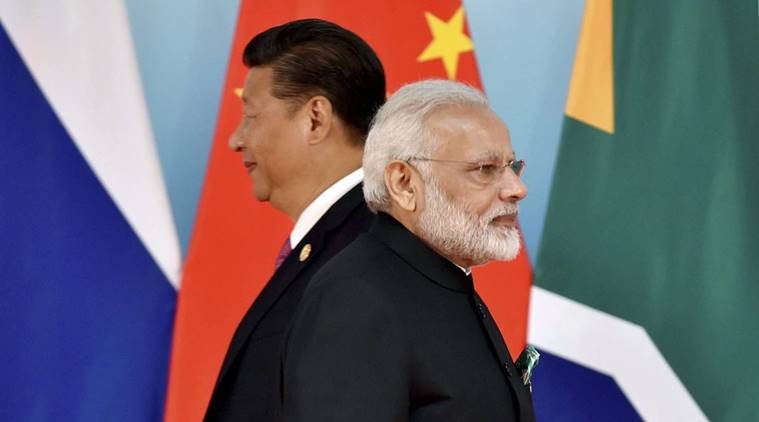Tensions had been on the rise after the Doklam Standoff between India and China when the Chinese forces had entered the Bhutan owned piece of land. The relation between the two fast developing countries had turned sour when both the country refused to back down from the area which has a high strategic importance. India acting on behalf of Bhutan could not back down as a Chinese dominance on Doklam would have caused significant security threat to its own borders. The Doklam standoff ended on the 28th of August 2017 after a long three months period which was being closely watched by the people and the government of both the countries. India and China had mutually agreed to end the standoff by a fast disengagement of troops from the Doklam plateau. It not just led to a softening up of the Chinese government and officials towards the Indian side but also made exchanges between the top Army officials on petty matters easy.
Looking retrospectively the Doklam issue feels like it was a sort of test put forth by China for India, to see how willing and able not just the Indian forces but the government as well was. India by not backing down made clear that it wanted to be treated as a counterpart to China and was not ready to bow down to the wishes of the Dragon.
According to reports, just a year after the end of Doklam crisis India and China are all set to renew and update a 12 year old defence agreement; this is a part of the confidence building measures between the two countries. A hotline between the defence ministries of India and China too is on the cards, both these important work were part of the ideas discussed during Chinese defence minister General Wei Fenghe’s visit to India. The Chinese defence minister had held talks with India’s Defence minister Nirmala Sitharaman and PM Narendra Modi in New Delhi last week during his visit. The informal talks between PM Modi and Chinese President Xi Jingping held in Wuhan on the sidelines had also boosted the relations between the two countries.
The 12 year old MoU signed between the two countries focused on maintaining frequent exchanges between the leaders and high-level functionaries of the defence ministries of China and India. Annual defence dialogues and holding joint military exchanges were the other key points of the MoU which was signed between the two countries in 2006. Updating the MoU to meet the demands of today will increase the confidence of both the nations and there will be a set up of a direct confidential phone line between the two defence ministries.
“In the past five years, we have achieved a lot. We have met each other on many occasions. Our two countries have established closer partnership and cooperation. We have made positive progress. India and China have a combined population of 2.6 billion which provides enormous potential for development. The influence of our two countries is steadily rising in the region and the world. I look forward to in-depth communication with you, and ensure we can build common understanding and help to take the China-India relationship to the next level”, President Xi had told PM Modi in the talks held at Wuhan. These measures which are being taken today are further proof of China’s eagerness to a potential friendship with India. There has been a noticeable change in the attitude of China post the Doklam standoff and thankfully for both the countries it has been for the better.
